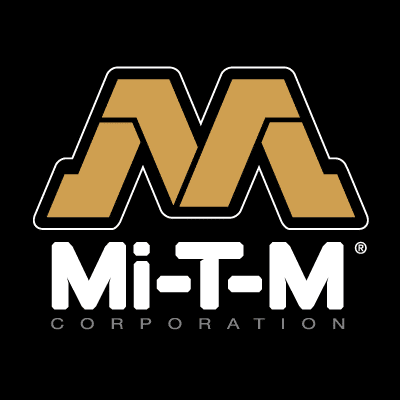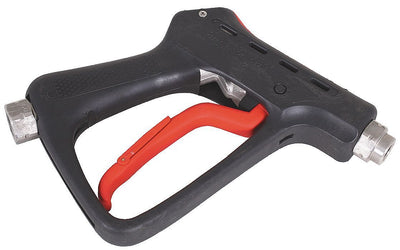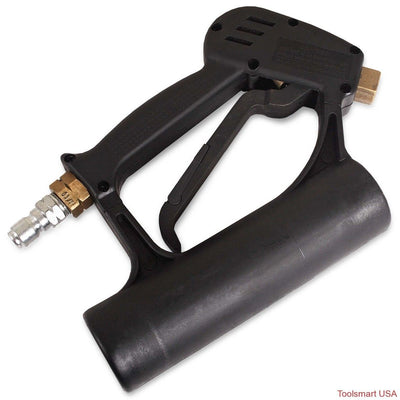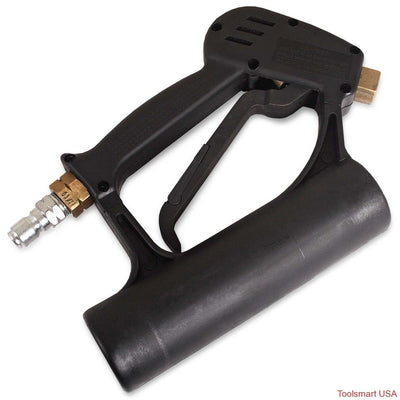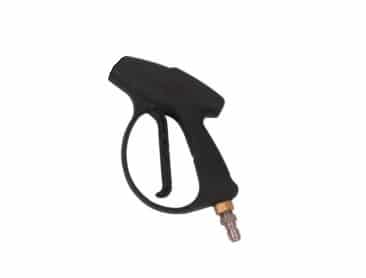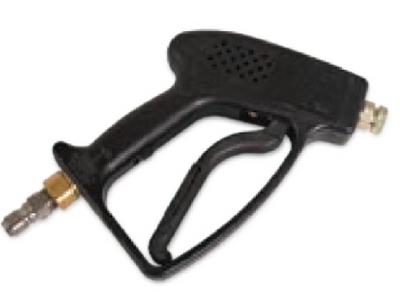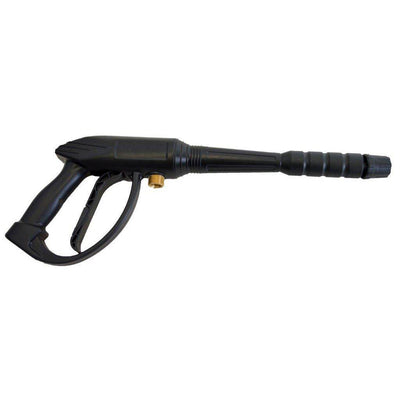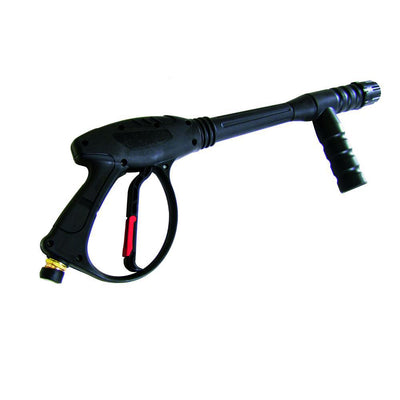How to Reduce Paint Waste and VOC Emissions with Spray Equipment
VOC’s or volatile organic compounds are important to keep to a minimum. Depending on your location states have rules regarding emission of VOC ’s. If they are not controlled properly often times production has to be reduced, fines paid, or work may have to cease all together. Other times they are important to control as a part of applying for certain With this basic understanding of why VOC’s matter it is important to consider ways that spray operations contribute to VOC production.
Spraying causes release of VOC’s because paint is usually mixed with a thinner or some other component that is considered a VOC. As you spray an object paint is caught in filters but VOC’s are not and are released through the spray booth’s exhaust into the atmosphere. Understanding where VOC’s originate in spray operations we can now address three ways which VOC’s from spray operations can be controlled.
First, we can reduce the amount of paint sprayed at a target. The term transfer efficiency refers to the amount of paint that actually coats a part compared to how much shoots past the part and is wasted. By increasing transfer efficiency we reduce the amount of paint and VOC’s that are sprayed into the filter bank of a spray booth. This leads to a reduction in released VOC’s as well as improves the life of your booth filters. Transfer efficiency is increased as a result of using different spray technologies. From highest to lowest efficiency is Electrostatic, HVLP, Air assist airless (when used with less than 10 psi assist air), Airless, and conventional.
Second, we can control the amount of thinner we use. Thinner can be reduced by using a pressure fed spray system so that you can increase fluid pressure and thereby not require as much thinner when compared to a gravity or siphon feed gun. We can also utilize higher efficiency gun cleaning techniques such as a solvent saver cleaning system. These systems utilize air mixed into solvent to flush spray lines with about 60% less solvent than running solvent alone through your spray line. You can also recycle your thinner with a thinner still which recycles thinner and helps reduce thinner that is thrown out. Finally, if you are using a circulating system you can add heat into your system to reduce viscosity without requiring thinner.
Third is the most expensive option but can sometimes be necessary when a significant reduction is required and the first two options have not been effective enough. Utilize a spray booth that burns off VOC’s. There are spray booths that have a burner that burn off VOC’s before leaving the booth stack thereby saving VOC reduction.
Typically we recommend this only after you have implemented spray equipment that is more efficient and using methods to reduce thinner use.

